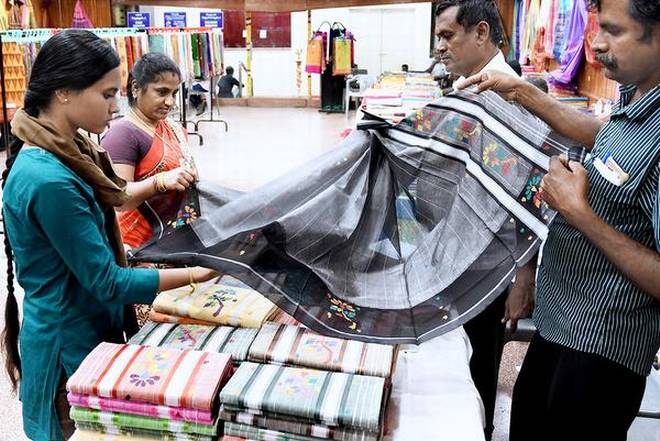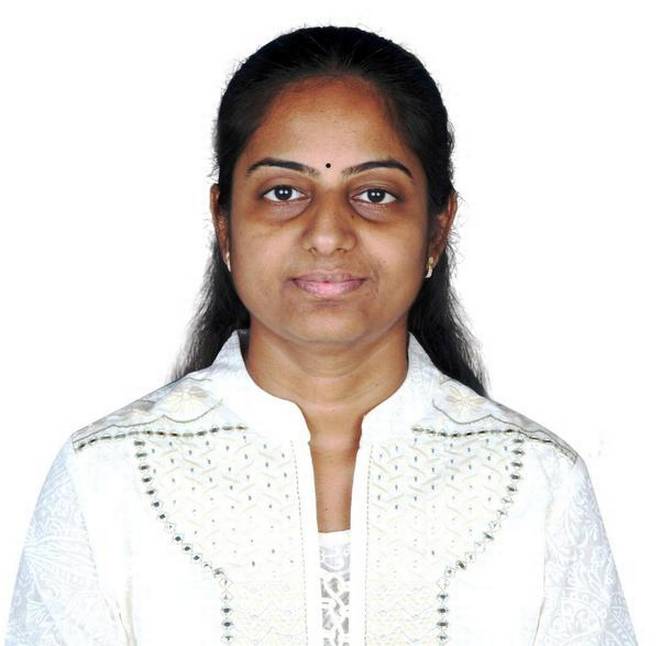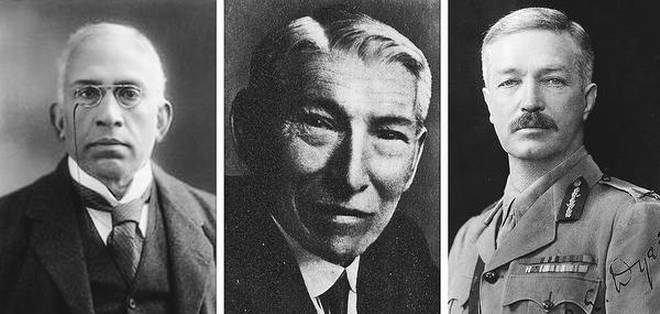
I had meant to write this piece for my April 2nd column, but events overtook me, so it comes as a bit later reminder of new ownership taking over The Hindu on April 1, 1905. In selling it to the paper’s legal adviser, S Kasturiranga Iyengar, M Veeraraghavachariar, a founder who had become sole owner, made sure with a formal notice that this would not be considered an April Fools’ Day story.
But before that happened, Veeraraghavachariar made one last effort to keep control of the paper. On the advice of Kasturiranga Iyengar, a company with capital of ₹1,20,000 (1200 shares of ₹100 each) was formed with P Rungiah Naidu (Chairman), Dewan Bahadur R Ragoonath Row, P Anandacharlu, C Jambulinga Mudaliar, C Sankaran Nair, TV Seshagiri Iyer and M Tirumalachariar as Directors. Kasturiranga Iyengar was the Legal Adviser and Veeraraghavachariar the Manager. But by 1903 the scheme failed with less than half the shares subscribed. Two years later, on March 18, 1905, Kasturiranga Iyengar announced, “Mr. Sankaran Nair and myself have agreed to purchase The Hindu from Mr. Veeraraghavachariar for ₹75,000,” the latter selling it to them though he had received an offer for ₹5000 more. Sankaran Nair remained a co-owner till 1922.
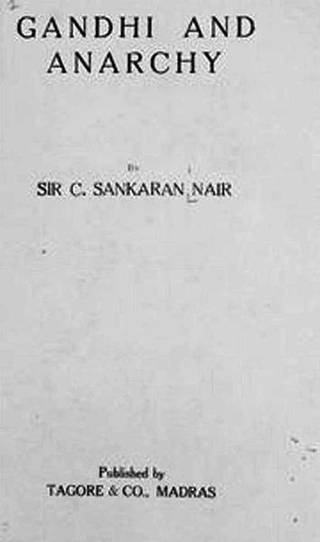
Over the years, there were to be differences between The Hindu and Sir Sankaran, but the break came when they took opposing views on the question of Gandhiji and civil disobedience. Nair even wrote a book, Gandhi and Anarchy, in which he attacked Gandhiji and the Congress. The consequences of the book were unexpected. In it Nair wrote, “Before the reforms it was in the power of the Lieutenant-Governor (Sir Michael O’Dwyer of the Punjab), a single individual, to commit the atrocities in the Punjab we know too well.” This was with reference to the Jallianwala Bagh massacre that Sir Sankaran held was due to O’Dwyer giving the man-on-the-spot, Col. Reginald Dyer, an excessively free hand. O’Dwyer, angered by Nair’s charge, sued for libel in London, which is where Nair had once thought he would file charges against the Authorities for the massacre. Instead, as a member of the Secretary of State for India’s Council, he moved to England, and campaigned for a Royal Commission of Inquiry which led to several civil and military officials being punished for what happened in 1919. “As far as it lay in my power, I was determined to prevent another Jallianwala Bagh in India,” Nair stated of his success.
You win some, you lose some and the lawyer Sankaran Nair found himself paying for his views on Jallianwala Bagh and O’Dwyer. In London, the jury ruled against him after Justice McCardie kept intervening at every stage of the trial asking questions that favoured the plaintiff. O’Dwyer was awarded £500 damages and costs, which came to £7000.
The Hindu, which covered the trial extensively, called it “a hideous mockery,” adding, “almost from the first day when the trial commenced, it was apparent that Sir Sankaran Nair had lost the case.” The paper later wrote, “The case has only served to demonstrate once again that when there is the slightest touch of politics involved for an Indian, justice cannot be expected in an English Court and from an English jury. In such cases both judge and jury become weighted with the cares of empire. No wonder a case which was meant to test whether Sir Michael O’Dwyer was guilty of terrorism, resulted in the finding, altogether gratuitous, that O’Dwyer saved the empire, that justice was not done to Dyer… and that (the Inquiry had got it all wrong…)”
Ironically, the case led to Nair in 1924 wanting to sue The Hindu for libel alleging that it had accused him of “appealing to the Congress leaders in the matter of the suit (filed by Sir Michael O’Dwyer).” Matters were settled out of court.
Sir Sankaran Nair lived in The Palms on Poonamallee High Road and was, with Kasturiranga Iyengar, a member of the Egmore Group of lawyers, rivals of the Mylapore Group, which was mainly Brahmin.
April 27th was the birth centenary of Handel Manuel, Madras’s ‘Mr. Western Classical Music’, (Miscellany, March 19) and it was a grand music event in the Manuel style at St Andrew’s Kirk, with which he was associated for over fifty years as organist and choirmaster.
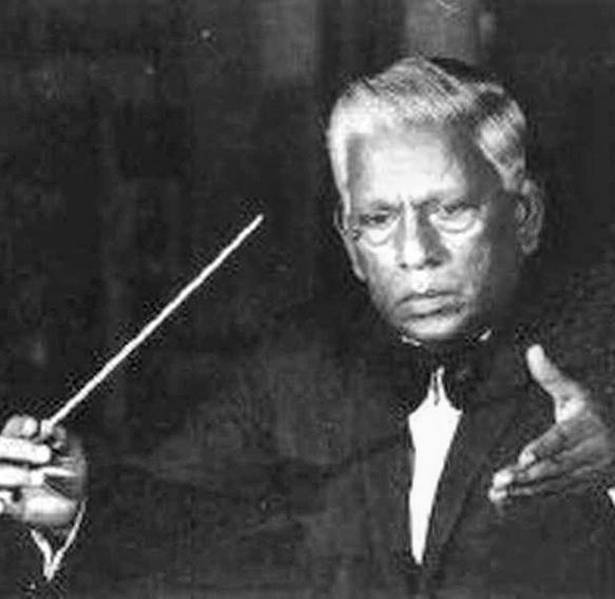
Born in Tuticorin into an old Nagercoil family, he was named Handel by his music-loving father who thought George Frederic Handel’s Messiah was the greatest piece of Western Classical music ever written. His son lived up to his hopes. An untrained composer, he became an outstanding Classical musician after his time at Madras Christian College. But Handel Manuel was down-to-earth as well: He was Station Director Western Music, Madras.
A part of his legacy includes founding the Madras Philharmonic and Choral Society. And the Handel Manuel Chorus is a memorial to him founded by his younger brother and his wife, flautist Surender and Sarada Schaffter, in 2003. He was also instrumental in writing and augmenting the Western musical notes for the National Anthem. His son Vijay, considered by many the best pianist and bass player in India in his time, worked long with composer Ilayaraja for whom he played the keyboard. Handel Manuel was elected an Honorary Life Member of the Royal School of Church Music, London.
The chronicler of Madras that is Chennai tells stories of people, places, and events from the years gone by, and sometimes, from today.
source: http://www.thehindu.com / The Hindu / Home> Society> History & Culture / by S. Muthiah / April 30th, 2018
